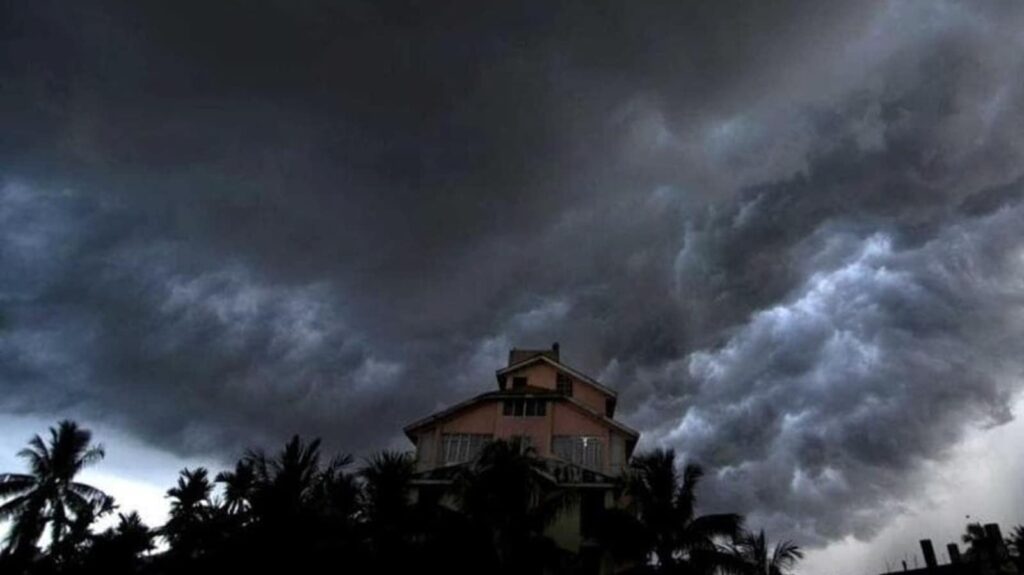The first furrows on the brows of policymakers would have started forming this week after the India Meteorological Department (IMD) announced that the onset of the monsoon over Kerala will be delayed by at least three days. The error margin for this prediction is +/- 4 days, which means that the first signs of the monsoon could be delayed by 3-7 days. The normal date for the monsoon onset over Kerala is June 1. While the national forecaster didn’t make any prediction about the progress of the monsoon, private forecaster Skymet Weather said that after a delayed arrival, the monsoon is likely to advance sluggishly over peninsular India. It is far too early for any definitive takeaways from this batch of predictions, especially adverse ones, because the monsoon depends on a raft of factors, including temperature, pressure and winds. Still, in a year where El Nino conditions — characterised by an unusual warming of waters in the eastern equatorial Pacific, which has a high correlation with warmer summers and weaker monsoon rains – are predicted to develop in July, any vagaries of India’s most important weather phenomena will be watched carefully.
The southwest monsoon’s importance in India’s economy can hardly be overstated. As this newspaper has noted before, 51% of India’s farmed area, accounting for 40% of production, is rain-fed, and a little less than half of its population is dependent on agriculture for a livelihood. Since the months between June to September bring 70% of the country’s rainfall, it is natural that forecasts are keenly followed. In addition to the usual factors, this year, a normal monsoon will be key to sustaining low levels of inflation and stave off a possible rise in food prices. In this context, the government’s announcement that wheat procurement continues to be normal holds out hope that even if there are small deviations in the temporal and geographical spread of monsoon showers – lopsided rainfall distribution has become increasingly commonplace even in normal years, due to the climate crisis – the authorities will be able to paper over the gap using buffer grain stock.
A normal monsoon is crucial if the Reserve Bank of India’s monetary policy committee is to pivot from fighting inflation to backing growth by holding off on a rate hike or pushing for a cut. For this to happen, the monsoon will need to remain on track when the panel meets on June 6, the time the first showers are supposed to pepper the country’s southern extremities. The next few weeks will be key.
Enjoy unlimited digital access with HT Premium
Subscribe Now to continue reading


